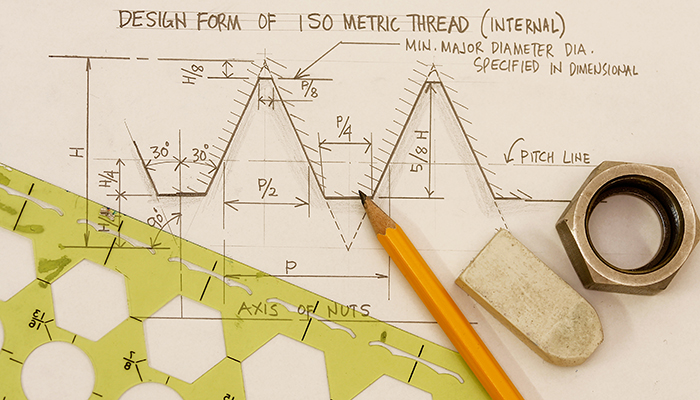 Patent owners asserting their patents in litigation will often seek broad claim constructions to cover accused products and forestall defendants’ non-infringement defenses. However, a recent decision illustrates potential pitfalls of this strategy even aside from traditional concerns about reading claims so broadly as to cover prior art. In Trustees of Boston University v. Everlight Electronics Co., 896 F.3d 1357 (Fed. Cir. 2018), the U.S. Court of Appeals for the Federal Circuit invalidated a patent claim to a semiconductor device based on a claim construction that the patent owner proposed. The construction covered six permutations for the composition of the device, one of which was indisputably impossible to make using the method taught in the patent. A patent must be enabling, such that it teaches one of skill in the art to make and use the full scope of the claimed invention without undue experimentation. The court found the claim was not enabled because it encompassed the unattainable permutation. This case demonstrates that patent owners must be careful not to propose a claim construction so broad as to cover embodiments not enabled by the patent disclosure. However, the exact contours of this doctrine remain uncertain.
Patent owners asserting their patents in litigation will often seek broad claim constructions to cover accused products and forestall defendants’ non-infringement defenses. However, a recent decision illustrates potential pitfalls of this strategy even aside from traditional concerns about reading claims so broadly as to cover prior art. In Trustees of Boston University v. Everlight Electronics Co., 896 F.3d 1357 (Fed. Cir. 2018), the U.S. Court of Appeals for the Federal Circuit invalidated a patent claim to a semiconductor device based on a claim construction that the patent owner proposed. The construction covered six permutations for the composition of the device, one of which was indisputably impossible to make using the method taught in the patent. A patent must be enabling, such that it teaches one of skill in the art to make and use the full scope of the claimed invention without undue experimentation. The court found the claim was not enabled because it encompassed the unattainable permutation. This case demonstrates that patent owners must be careful not to propose a claim construction so broad as to cover embodiments not enabled by the patent disclosure. However, the exact contours of this doctrine remain uncertain.
Plaintiff Trustees of Boston University (BU) owned a patent covering LED semiconductor devices. The devices incorporated gallium nitride (GaN), a composition that emits blue light and was notoriously difficult to fabricate as part of an LED. LEDs typically include a substrate and several layers. The solid-state materials comprising the layers may be monocrystalline (arranging all material in a single crystal structure), polycrystalline (combining multiple smaller crystal structures), or amorphous (non-crystalline).






